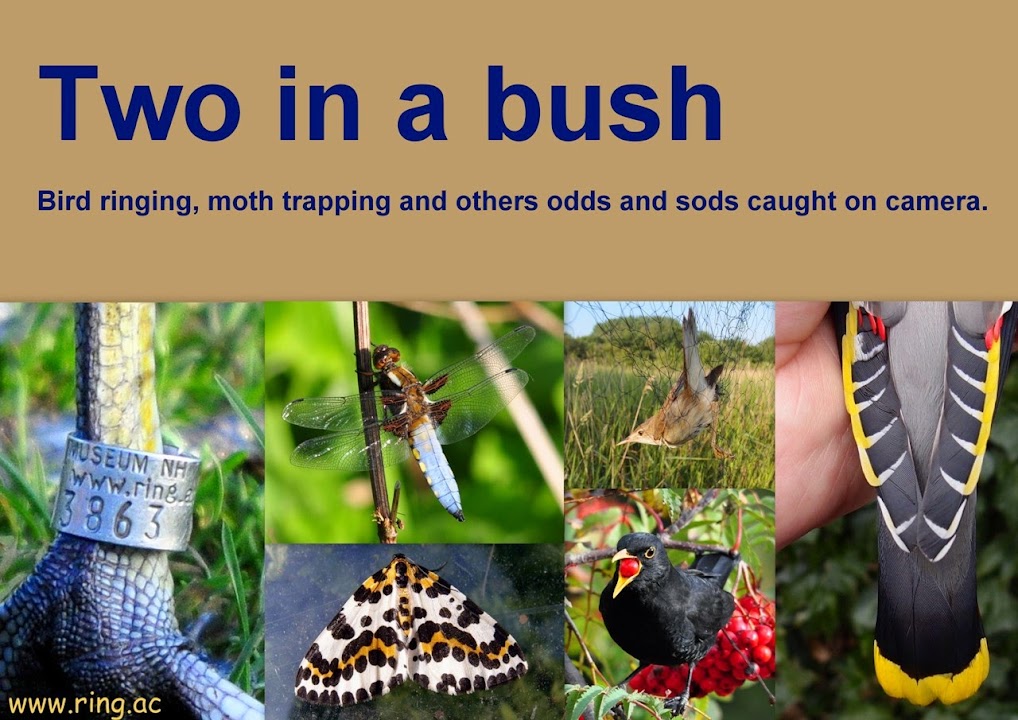Only 1 Lesser Redpoll was caught today but, interestingly, it was another that had a yellowish-orange poll rather than the usual red colour and is the 3rd to be caught with this pigmentation variation this month. It has been a relatively poor autumn for Redpolls so far with only 37 caught to date. The ages of these birds suggest they have had a poor breeding season as 20 (including today's bird) have been adults, only 15 were first-year birds and 2 were left unaged.
 |
| Adult Lesser Redpoll |
 |
| The 3rd to be caught with an 'Amber' poll this month. |
 |
| Continental Song Thrushes don't get much more obvious than this one. Cold grey toned above, more extensive white below and smaller than our warmer brown British subspecies 'clarkei'. |
I have been meaning to post some photos on ageing Redwings as I have encountered a few interesting individuals recently but here is one from the 27th and another from today to ponder on.
 |
| The very plain wing (lack of well defined pales spots on any of the greater coverts and lack of tertial markings) suggest it is an adult but see the image of the tail below. |
 |
| A very well marked wing with well defined pale tips to the greater coverts, especially the outers, and large, fairly angular pale tips to two of the tertials but what does the tail tell us. |
 |
| The tail feathers are fresh, broad and quite rounded with some almost being square ended so it is clearly an adult. |
 |
| Here is the whole bird just in case you didn't think the wing and tail could be from the same bird. It is just a very well marked adult. |


No comments:
Post a Comment